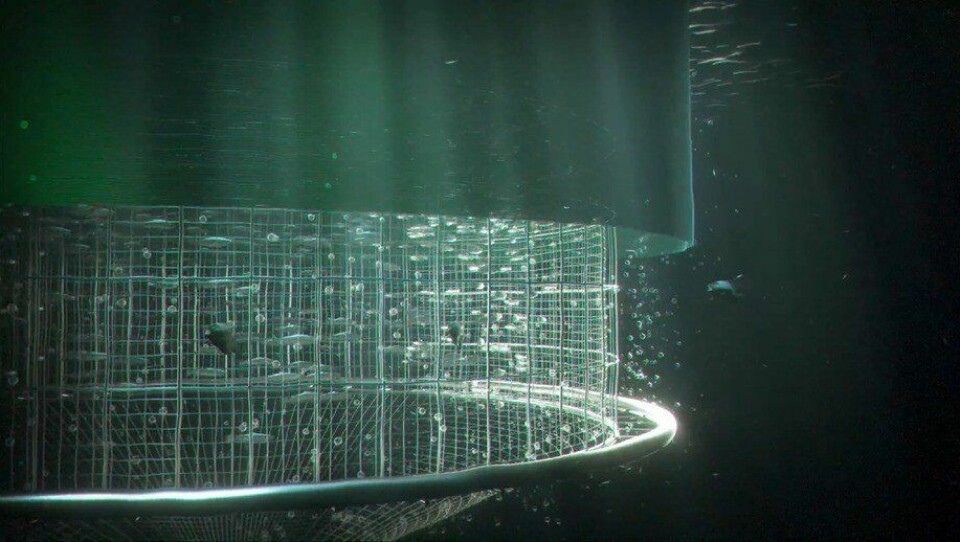
BC salmon farming transition ‘could be in the ocean’ says fisheries minister
British Columbia’s “transition” from open net-pen salmon farming does not necessarily mean moving operations into recirculating aquaculture systems on land, Canadian fisheries minister Joyce Murray has said.
Murray, who last week granted two-year renewals to BC salmon farm licences that expire this Thursday, was responding to questions from Canadian business information and media products company Glacier Media.
Murray was asked if transition meant a total ban, land-based salmon farming, or something else. Glacier-owned website Vancouver Is Awesome reported that Murray said: “I interpret a transition away from open net-pen farming from the perspective of ‘what’s the result we’re looking for?’
‘Limited to no interaction’
“The result I’m looking for is to have limited to no interaction between the wild salmon and the farmed salmon.
“So that’s what I’m going for, and by consulting broadly with industry and others, indigenous people, absolutely, as well as other stakeholders, I’m hoping to get clarity and good ideas for this plan as to actually how can we have salmon aquaculture that achieves that result of minimal to no interaction.”
When asked if that meant salmon farming would in the ocean or outside of the ocean, Murray replied: “Could be outside of the ocean, could be in the ocean.
“As long as that interaction that is creating risk for wild salmon, we transition away from technology that enables that interaction.
“That’s what I'll be looking for.”
Drop-down barriers
Although professionals in Fisheries and Oceans Canada (DFO) have been looking at all the potential options for transition for some time, Murray has largely been silent on the issue until now.
The DFO minister’s “could be in the ocean” comment will be encouraging for Grieg Seafood, one of BC’s three majaor salmon farmers alongside Mowi and Cermaq. Grieg has for months chosen to interpret transition as reducing interaction between wild fish and farmed fish while continuing to farm in the sea.
It has begun using a locally developed drop-down fabric barrier that encloses the top 15 metres of salmon pens when wild smolts are migrating or adult wild fish are returning to spawn. The aim is to prevent sea lice on fish on fish in pens spreading to wild smolts and prevent sea lice from returning wild fish – which in BC greatly outnumber farmed salmon - spreading to net pens.
Cumulative effects
Other facets of Murray’s responses to Glacier make more uncomfortable reading for the salmon industry.
Murray has repeatedly stated or implied that salmon farming is a threat to wild fish. Asked about a claim by the BC Salmon Farmers’ Association that DFO’s own scientists dispute that link, Murray said: “I do follow science closely. I'm very aware of the department's science assessment process and the outcome of that. It's one of the first documents I read as a minister.
“But I will tell you, I was concerned that there has been no assessment of the cumulative effects. The science document was risk-by-risk - tenacibaculum, piscine orthoreovirus (PRV), sea lice, etc. - and there was no cumulative assessment.
“So, the department is planning to update the risk assessment for aquaculture with respect to wild salmon because there also have been more research papers published on diseases like PRV and tenacibaculum since the last risk assessment was done.”
Murray also told Glacier that the two-year licence renewal “gives us the time to consult on a framework and really develop a plan for regulatory approach”. While this could simply mean clearer regulation, some in the industry fear to licence renewals are simply to give Canada’s ruling Liberal party time to work out how to shut down the BC salmon industry without being overruled by a judge, as the 2020 decision to close 19 farms in the Discovery Islands was in April.























































